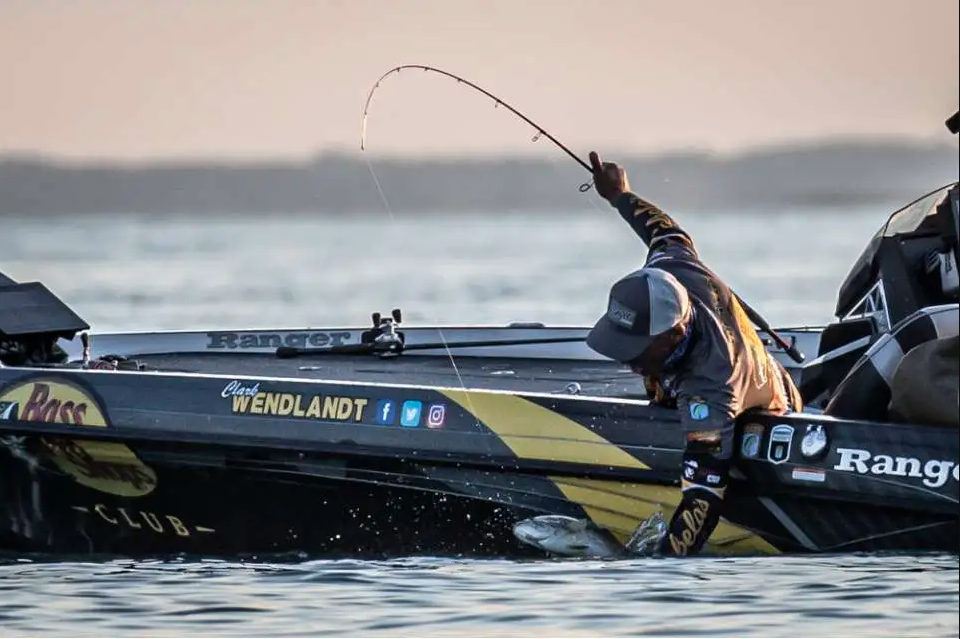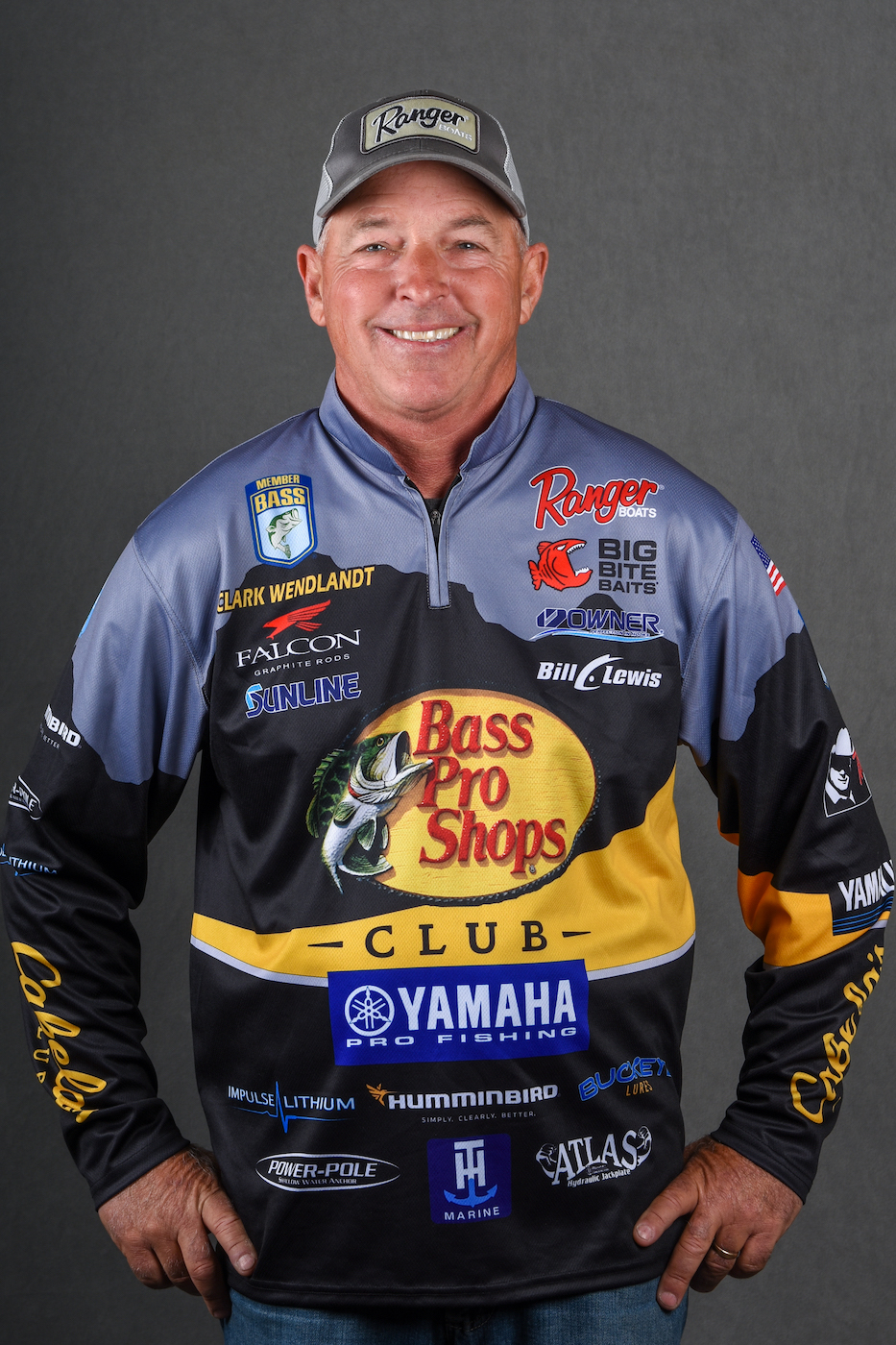
You’ve probably noticed that jerkbaits are getting a lot more play the past couple years.
There are a couple of reasons for that. As most anglers know, the jerkbait is a great lure for coaxing neutral bass into striking, especially during the prespawn period.
However, the growing popularity of forward facing sonar has enriched the jerkbait’s usage throughout the fishing season. It’s a bait that you can keep in front of the fish you see on the screen longer. The longer you can keep it in front of him, the better chance you have of catching him.
In most cases, we’re talking about suspending jerkbaits, like my favorite, the Strike King KVD J200 and J300.
Another advantage to the LiveScope/jerkbait combination is you can see how the bass reacts to the bait and determine whether you need to do something different. If a fish loses interest when you jerk too fast, you know to slow down and stop it more.
Sometimes you won’t see a fish on the screen, but after you work the bait, one or two rise up to check it out.
That’s one of the coolest benefits of forward facing sonar like the Garmin LiveScope I use.
That doesn’t mean it’s always easy or that simply twitching a jerkbait around is automatically going to put fish in the boat.
It’s important to have the right setup, something that novice jerkbaiters tend to overlook.
For example, the rod has to be right for you to work the bait properly and not wear out your forearm. It can’t have too much tip action, nor should it not have enough. You want to avoid a heavy rod as it will put too much pressure on the elbow and wrist, causing those muscles to tire quickly. Weight of the rod is a huge factor in that.
You don’t want a rod that is too long either. I like anything from 6-6 to 6-9 in length. However, remember that the rod has to fit you, and the ones that work for me may not fit other anglers. I’m 5-feet, 8-inches, so my favorite is the Johnny Morris Platinum Series 6-9 medium action. I’ve had three different jerkbait rods throughout my career, and this one meets all of my needs.
Another key is the jerkbait has to be responsive. The rod I use has a fast tip but medium action. The medium action provides the backbone while the fast tip is where it bends. I don’t want a limber, extra-fast or stiff tip because it won’t allow me to work the bait properly.
Every time I twitch the rod I want the bait to react – not bend the rod.
Some anglers may opt for a spinning rod if the jerkbait is small and light. However, I think I have more control when fishing full-size jerkbaits with baitcast gear.
For line, I prefer 12-pound Sunline Sniper Fluorocarbon, but I might drop down to 8 or 10 if I need the bait to go deeper. On the flip side, going to heavy line can stifle the lure’s action.
So if you’re not getting the results you think you should when twitching jerkbaits in front of bass, or it simply wears you out, take a close look at your setup.





